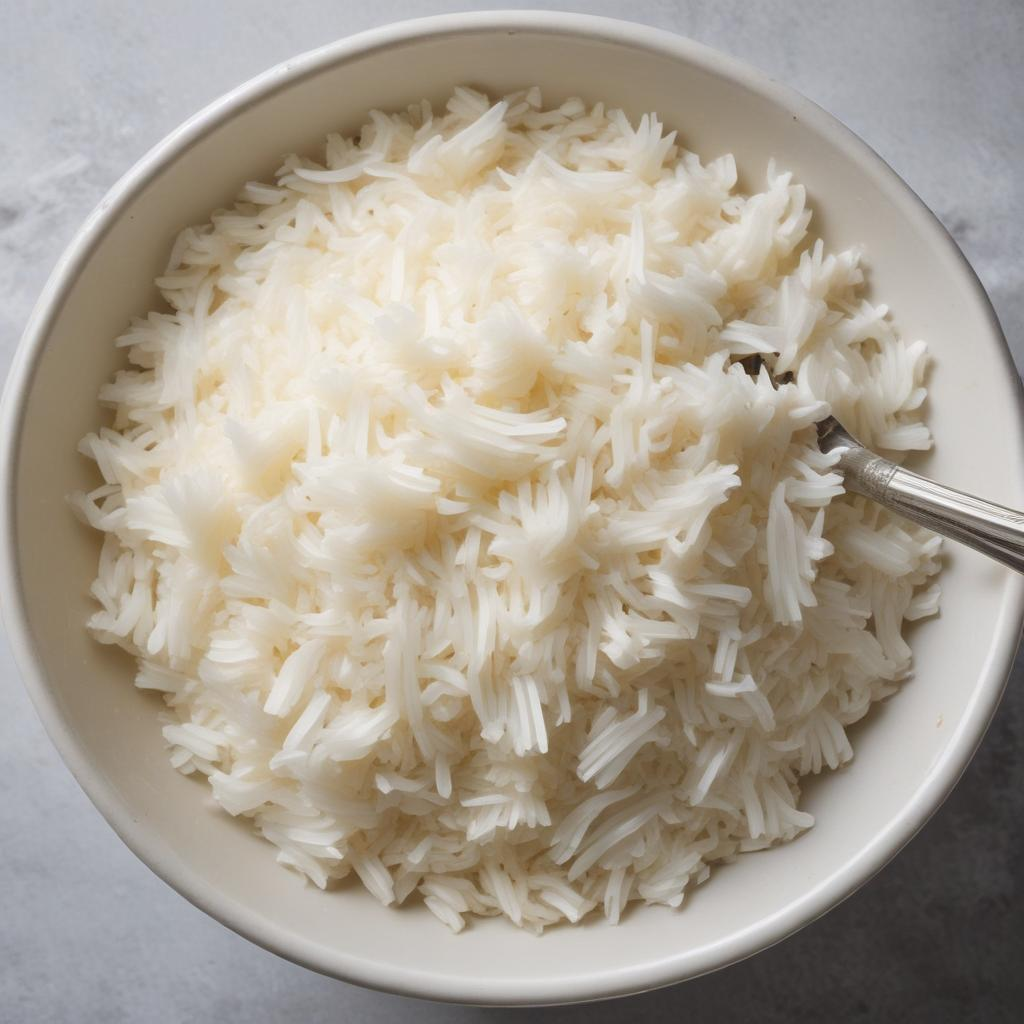Introduction to Basmati Rice Cooking
Basmati rice, with its delightful aroma and light, fluffy texture, has been a long-time favorite for cooks around the globe. Originating from the Indian subcontinent, this unique variety of rice is a staple in many dishes, including biryani and pilaf. Cooking Basmati rice perfectly is an art that can elevate a simple grain to a memorable addition to any meal. In this article, we will guide you through the detailed steps and tips to cook Basmati rice flawlessly every time.

Step 1: Choosing the Right Basmati Rice
The first step in cooking Basmati rice begins with choosing the right type of rice. There are several varieties of Basmati rice available in the market, each with its unique aroma and length of grain. For the best results, opt for premium, aged Basmati rice, which ensures that the grains are less sticky and more flavorful after cooking.
Step 2: Measuring the Rice
Accurate measurement is crucial when it comes to cooking Basmati rice. A common ratio to remember is 1 part rice to 1.5 parts water. Use a cup to measure the rice and water to ensure this ratio is maintained for the best results.
Step 3: Washing the Rice
Before cooking, Basmati rice must be thoroughly washed to remove any dust and excess starch. Place the rice in a deep bowl, and cover it with cold water. Gently agitate the grains with your hands, then drain. Repeat this process 3-4 times until the water remains relatively clear. This step is crucial for preventing the rice from becoming gummy.
Step 4: Soaking the Rice
Soaking the Basmati rice before cooking helps in achieving the signature length and softness. After washing, soak the rice in clean water for 30 minutes to an hour. This process allows the grains to absorb water and cook evenly.
Step 5: Draining the Rice
After the soaking time has elapsed, drain the rice using a fine-mesh sieve. Ensure that all excess water is removed to prevent the rice from becoming mushy during cooking.
Step 6: Cooking the Rice
- Method 1: Cooking on Stovetop
- In a heavy-bottomed pot, bring the measured water to a boil.
- Add a pinch of salt (optional) and then add the drained rice.
- Reduce the heat to a simmer and cover the pot with a tight-fitting lid.
- Let the rice cook for 12-15 minutes or until all the water is absorbed and the rice is tender.
- Remove from heat and let it sit, covered, for an additional 5-10 minutes.
- Method 2: Using a Rice Cooker
- Place the drained rice into the rice cooker.
- Add the corresponding amount of water.
- Set the rice cooker to the white rice setting and start the cooking process.
- Once the rice cooker indicates that the rice is done, let it rest for a few minutes before opening.
Step 7: Fluffing the Rice
Once the rice has finished cooking, use a fork to gently fluff the grains. This helps to separate any clumps and release the steam, which keeps the rice light and fluffy.
Step 8: Serving the Basmati Rice
Basmati rice can be served as a side dish or as the base for a variety of recipes. Whether you're pairing it with a saucy curry or using it in a stir-fry, Basmati rice provides a delicious and aromatic backbone to many meals.
Additional Tips for Perfect Basmati Rice Every Time
- Storage: Store Basmati rice in an airtight container in a cool, dry place to keep it free from moisture and pests.
- Spice Infusions: Add spices such as cardamom, cloves, or cinnamon sticks to the cooking water to infuse the rice with additional flavors.
- Butter or Oil: For an extra indulgent touch, stir a tablespoon of butter or oil into the rice before serving.
- Leftovers: Refrigerate leftover rice in an airtight container and consume it within a couple of days. Reheat it with a splash of water to bring back the moisture.
By following these detailed steps and utilizing the tips provided, you can master the art of cooking Basmati rice and elevate your culinary dishes to the next level. Enjoy the perfect blend of fragrance, flavor, and texture that this wonderful grain has to offer.


.jpg)
.png)
.png)


0 Comments